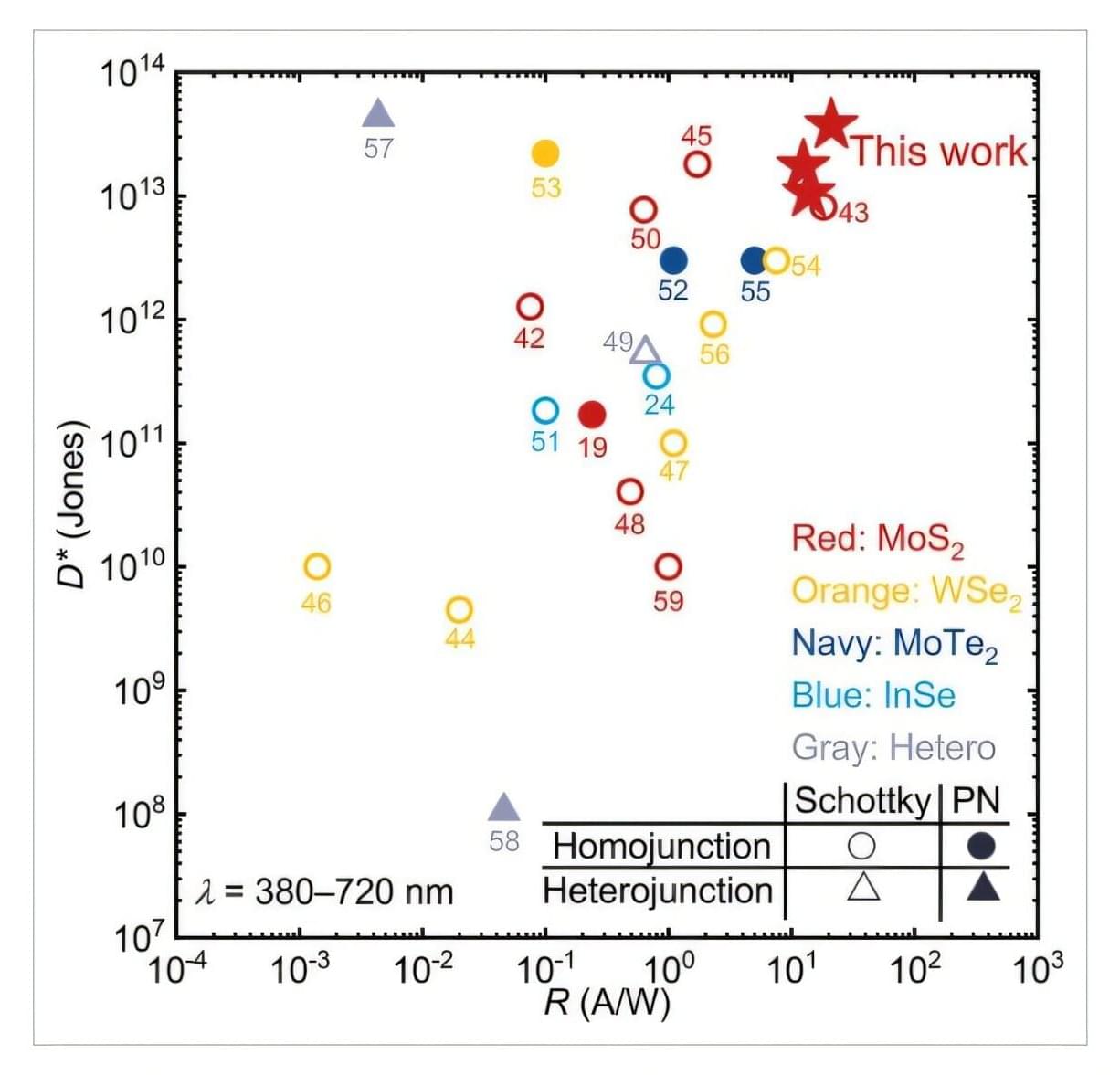Silicon semiconductors used in existing photodetectors have low light responsivity, and the two-dimensional semiconductor MoS₂ (molybdenum disulfide) is so thin that doping processes to control its electrical properties are difficult, limiting the realization of high-performance photodetectors.
A KAIST research team has overcome this technical limitation and developed the world’s highest-performing self-powered photodetector, which operates without electricity in environments with a light source. This paves the way for precise sensing without batteries in wearable devices, biosignal monitoring, IoT devices, autonomous vehicles, and robots, as long as a light source is present.
Professor Kayoung Lee’s research team from the School of Electrical Engineering developed the self-powered photodetector, which demonstrated a sensitivity up to 20 times higher than existing products, marking the highest performance level among comparable technologies reported to date. The work is published in the journal Advanced Functional Materials.
